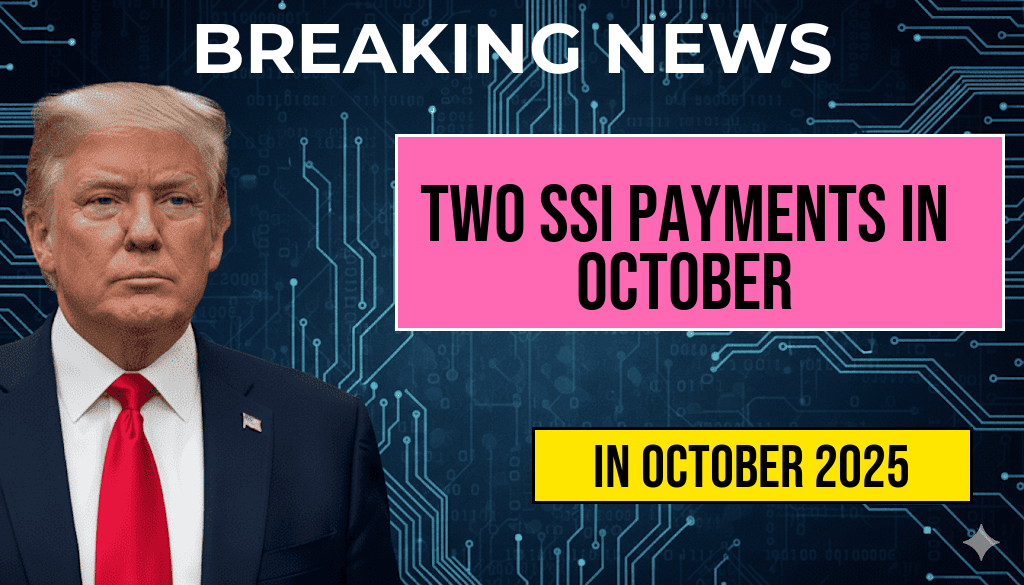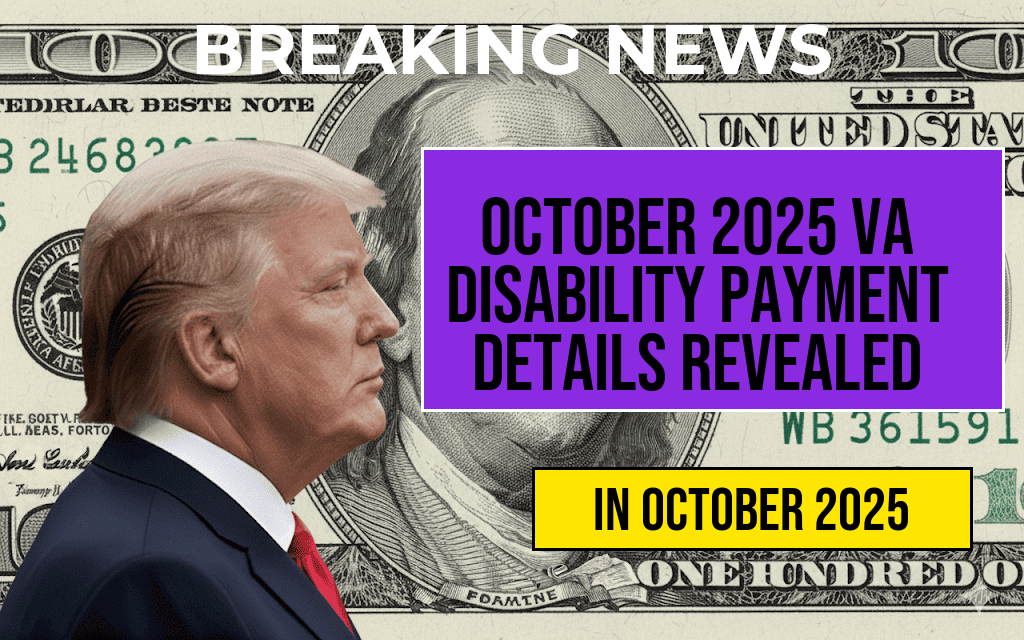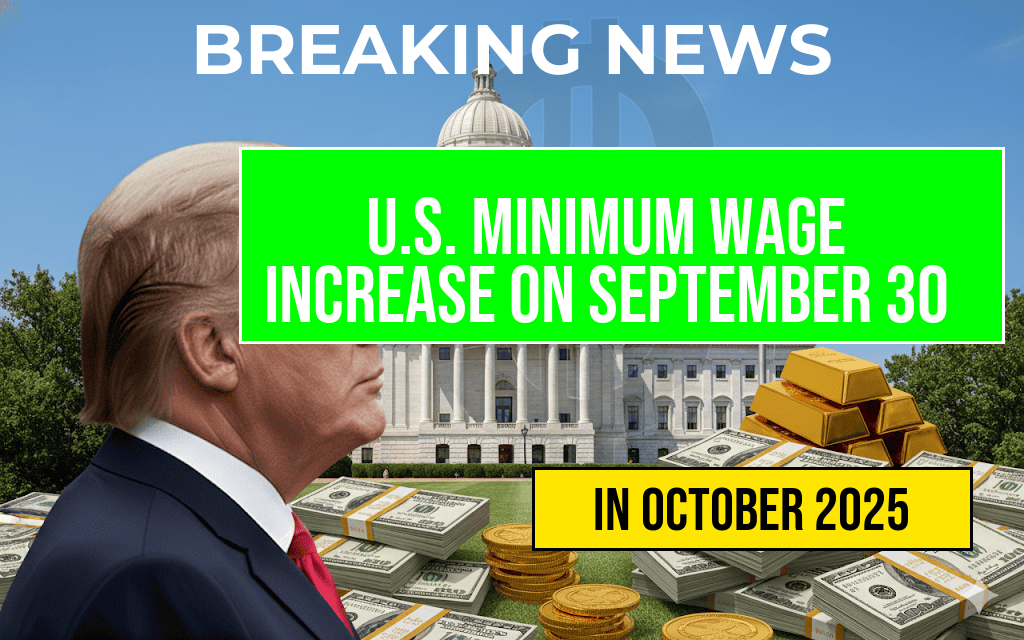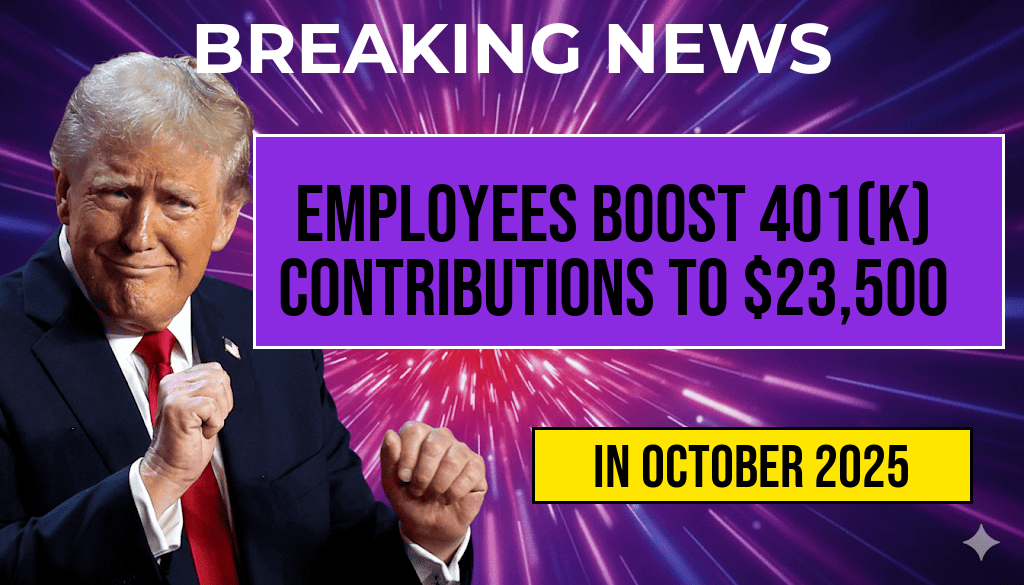As of October 1, 2023, significant changes to the Supplemental Nutrition Assistance Program (SNAP) are set to take effect, impacting millions of American households that rely on the program for essential food assistance. These changes include the expiration of temporary benefits that had been put in place during the COVID-19 pandemic. The modifications are expected to result in reduced monthly benefits for many recipients, stirring concerns among advocates and policymakers about the potential rise in food insecurity across the nation. With inflation still affecting food prices and the economic recovery remaining uneven, the timing of these cuts raises critical questions about food access for vulnerable populations.
What Changes Are Coming to SNAP?
The overhaul of SNAP benefits comes in response to the expiration of emergency allotments that were initially implemented in March 2020. The following key changes will be observed:
- End of Emergency Allotments: Households that previously received the maximum monthly benefit will revert to their standard benefit levels, often significantly lower than the temporary amounts.
- Revised Income Eligibility Criteria: New income thresholds and work requirements are being introduced, affecting eligibility for certain groups.
- Increased Focus on Employment: States are being encouraged to implement job training and employment assistance programs as part of the benefits structure.
The Impact on Beneficiaries
According to the U.S. Department of Agriculture (USDA), approximately 41 million people currently depend on SNAP benefits. For many, the end of the enhanced benefits means a stark reduction in food spending power. The following statistics illustrate the potential impact:
| Household Size | Previous Maximum Benefit | New Maximum Benefit |
|---|---|---|
| 1 | $281 | $193 |
| 2 | $505 | $353 |
| 3 | $709 | $505 |
| 4 | $939 | $646 |
Concerns from Advocacy Groups
Advocates for food security are voicing their concern over the potential consequences of these changes. The end of emergency allotments is anticipated to exacerbate existing issues related to food access, particularly in low-income communities. Several organizations, including the Feeding America, have highlighted that the cuts could push many families into greater hardship.
“We are extremely worried that as benefits decrease, more families will struggle to put food on the table,” said a representative from the organization. “The timing couldn’t be worse, with food prices remaining high and wages not keeping pace.”
Government Response and Future Outlook
In response to these changes, several state governments are working on initiatives to soften the blow for affected families. Some states are expanding local food bank services, while others are exploring additional funds to support community-based programs aimed at mitigating food insecurity.
Experts suggest that the long-term implications of these changes could lead to increased reliance on community resources and food assistance programs. A report from the Center on Budget and Policy Priorities indicates that the overall food insecurity rate may rise as families adapt to these new financial realities.
Conclusion
The upcoming changes to SNAP benefits signal a challenging period for many American families already struggling with rising costs of living. As the program shifts away from the emergency measures implemented during the pandemic, the broader implications for food security and public health remain a significant concern. Stakeholders at various levels, from local food banks to federal policymakers, will need to closely monitor the situation and respond effectively to ensure that vulnerable populations do not fall through the cracks.
Frequently Asked Questions
What are SNAP benefits?
SNAP (Supplemental Nutrition Assistance Program) benefits provide assistance to low-income individuals and families to help them afford nutritious food.
Why are SNAP benefits ending?
The overhaul set to take effect in October is part of a larger policy change that will discontinue certain emergency measures implemented during the pandemic.
Who will be affected by the ending of SNAP benefits?
The changes will primarily impact recipients who have been relying on the enhanced benefits, particularly those who became eligible during the pandemic.
What should current SNAP recipients do?
Current SNAP recipients should prepare for the transition by reviewing their financial situation and seeking additional resources for food assistance if needed.
Are there alternatives to SNAP for food assistance?
Yes, individuals can explore other food assistance programs such as local food banks, community meal programs, and other governmental or non-profit initiatives that provide support.











